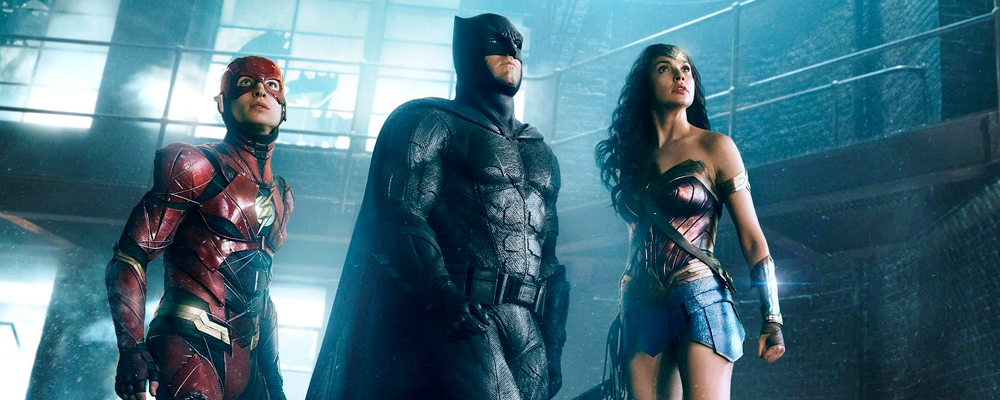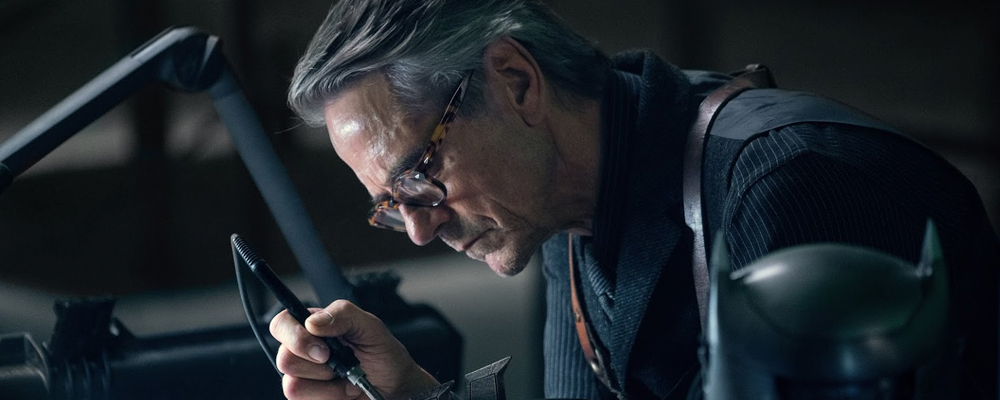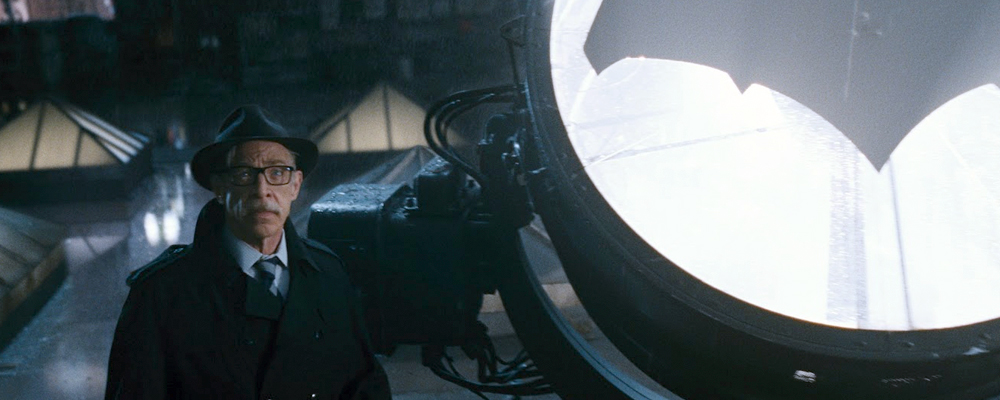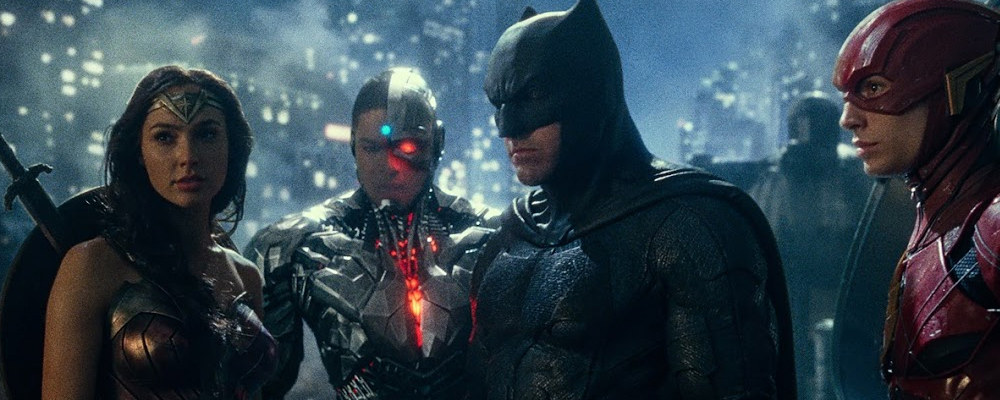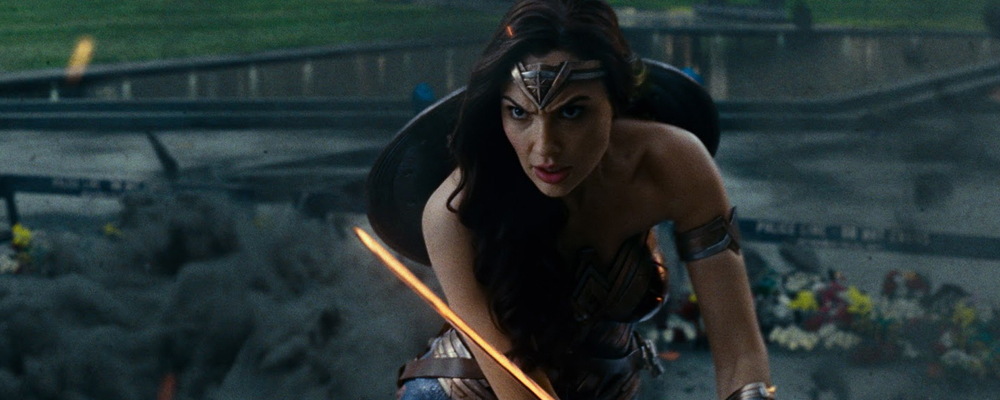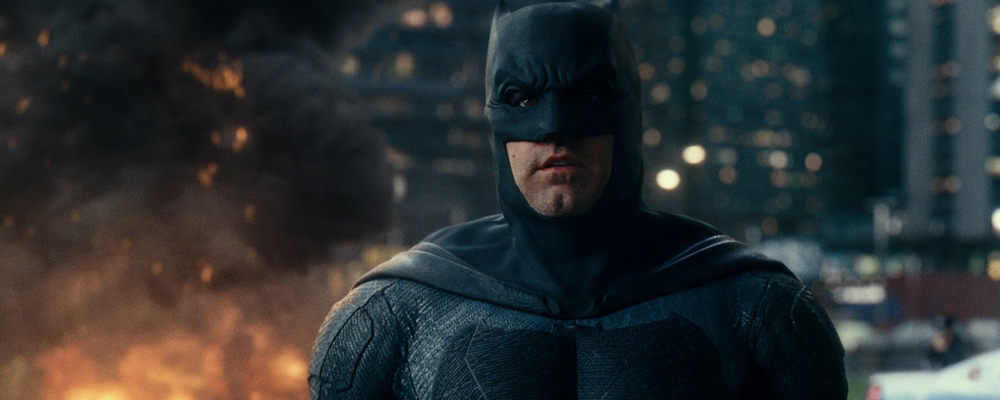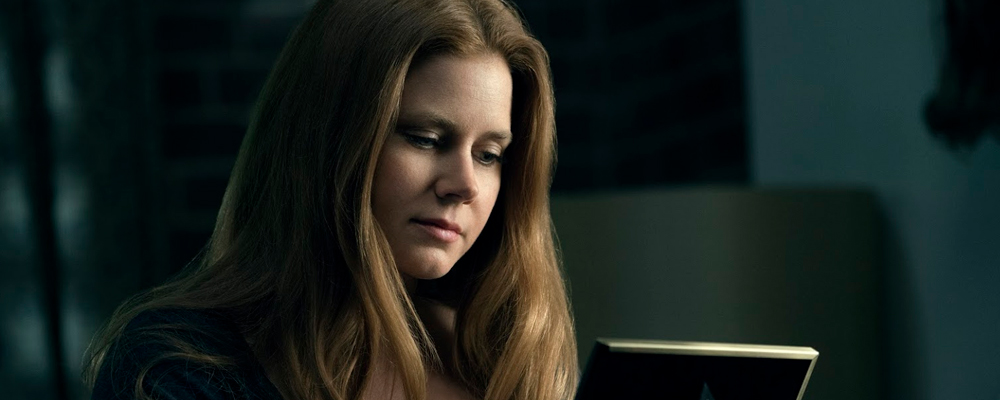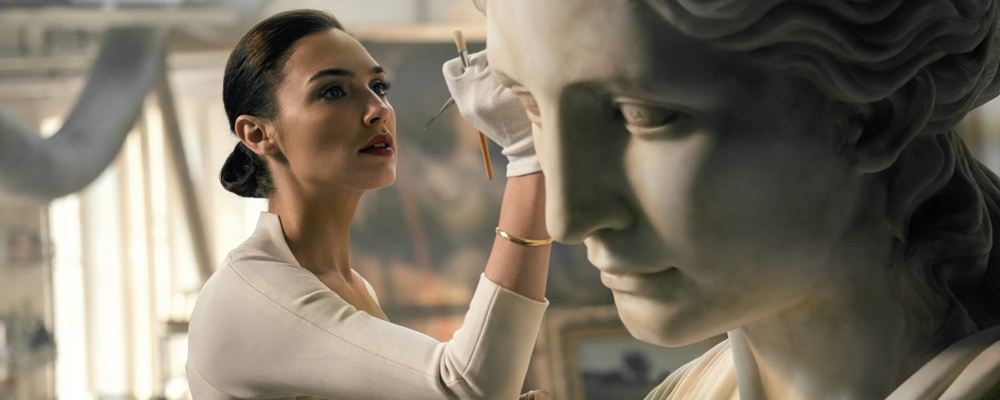‘Justice League’ Entertains Despite Its Profound Identity Crisis
Aaron Berke
“Justice League” very much feels like the product of two directors – along with many producers and probably a handful of focus groups. There was a time when the DC Movie Universe felt distinctive from Marvel. Say what you will about the much maligned “Batman v Superman” and its almost equally scorned predecessor “Man of Steel.” At least those movies contained a distinctive tone and strong thematic material. While flawed, “Batman v Superman” was a thoughtful meditation on the ethics of super heroism. It went into much deeper and more philosophical territory than your average Marvel flick. But most critics hated it. The Warner Bros. execs decided the only way forward was for the follow-up, “Justice League,” to haphazardly copy Marvel’s formula. They even hired “The Avengers” helmer Joss Whedon to write the screenplay. After a sudden departure by franchise director Zack Snyder due to family tragedy, Whedon took over directing duties too. A consensus was apparently reached that Whedon was the man to steer the DC Movie Universe in a brighter and more Marvel-esque direction. Snyder had shot roughly 80% of the film, but Whedon finished it, also overseeing reshoots and post-production. Thus, “Justice League” was born.
The plot of “Justice League” is paper thin. Bruce Wayne aka Batman (Ben Affleck) goes around collecting various people with powers. He meets Barry Allen aka The Flash (Ezra Miller) and Arthur Curry aka Aquaman (Jason Momoa) and attempts to recruit them to battle a generic alien threat from the planet Apokolips named Steppenwolf. Meanwhile, Diana Prince aka Wonder Woman (Gal Gadot) recruits Victor Stone aka Cyborg (Ray Fisher) for the exact same purpose. Things proceed extremely formulaically, with the only flair of originality stemming from Bruce’s desire to resurrect Superman (Henry Cavill). Bruce believes that the deceased Kryptonian is the only one who can unite the League in time to save Earth from Steppenwolf.
The best parts of “Justice League” flow right out of Whedon’s pen. Batman, Superman, The Flash, Wonder Woman, Cyborg, and Aquaman all feel fully realized, and their interactions amongst each crack, sizzle and pop. The witty banter among the heroes feels like it was pulled right from Whedon’s sleeve. It’s telling, though, that these scenes feel like they emerged from unused drafts of “The Avengers.” It seems like DC didn’t have the confidence to take “Justice League” in a new direction, so they just relied on what worked for “The Avengers.” Their gambit paid off in small doses, but as a whole it results in a major identity crisis.
“Justice League’s” plot seems to have been lost somewhere in the shuffle between Snyder and Whedon. Steppenwolf’s origin feels incredibly half-baked, and comic book fans will recognize infuriating oversimplification of his source material. He’s also hilariously bland, defined by no more than the eye-rolling “I’m here to destroy the world” routine. Given Whedon’s penchant for strong villains, Steppenwolf feels very much like a Snyder leftover that was awkwardly forced into play with super heroes from a Whedon movie. The action sequences all feel Snyder-helmed too, with his distinctive visual flair and elaborate choreography. But the dialogue scenes bear Whedon’s trademark, and he punches up each hero with distinctive personality.
Said heroes are the film’s saving grace. Newcomers The Flash and Aquaman bring plenty of personality, with Barry’s fun one-liners and Arthur’s bravado bouncing seamlessly off one another. Bruce and Diana continue their fluid chemistry from “Batman v Superman,” engaging in meaningful interactions about their tarnished pasts. Some Wonder Woman fans will note that Diana doesn’t quite pass the Bechdel test, which is disappointing given how independent she was in her own film. Still, Gadot’s presence is strong as ever. Cyborg has the least personality, but that’s by design, and he possesses the most interesting backstory as a resurrected half-man half-machine.
Remarkably, “Justice League’s” standout character is Superman. The movie’s first 45 minutes feels meandering, and it’s only when Bruce comes up with the idea to resurrect Superman that the film gains some much-needed traction. Bruce’s plan opens some debate about the ethics of resurrection, and it creates the film’s only real tension between characters. It’s all a bit half-baked, much like many of the film’s plot points, but it paves the way for the movie’s best scene. The center-piece of “Justice League” features a fight sequence between the resurrected Superman and his teammates, who he does not recognize. The battle doesn’t make much sense contextually, but as a moment of sheer spectacle, it’s inspiring — especially for Superman fans, who will find many reasons to cheer.
Superman’s role is critical in tethering not just the League, but the movie as a whole. Henry Cavill, who turned in a stinker of a performance in “Batman v Superman,” seems to finally be taking the role seriously. Practically gleaming with strength and optimism, Cavill at last feels like the Superman we deserve. Even his costume has brightened up considerably.
Another critical element to “Justice League’s” functionality is Danny Elfman’s score. The composer made several fascinating choices in putting together the film’s music. Not only does Superman return from the dead, Elfman also resurrects John Williams’ 1978 Superman theme. The iconic music boosts Superman’s return, making it even more powerful. Elfman also employs his own Batman theme from the 1989 movie, as well as Hans Zimmer’s pulsating Wonder Woman theme. This mixture of themes is at once energizing and nostalgic, creating a terrific musical identity for the film that honors its characters’ pasts while grounding them in a new context. These characters thrive with their various musical identities woven into their fabric.
It’s dumfounding how well-written characters can share page space with a barely functioning plot line. For every great character moment, there’s a jarring cut to an action scene. For every good action scene, there’s a sudden non-sensical plot development. The lack of a singular vision prevents “Justice League” from ever becoming a coherent film. It’s good in parts, particularly if you’re a comic book fan. There’s an undeniable thrill in seeing these characters on the big screen together for the first time. But it’s painful to imagine how much better the movie could have been if its iconic heroes had a clear thematic spine to hold them together.
Joss Whedon may be “Justice League’s” greatest asset, but he’s also symbolic of DC’s gravest mistake. After “Batman v Superman’s” critical and commercial failure, DC and WB lost confidence in Zack Snyder’s bold vision. They decided to simply mimic Marvel’s formula, but without taking the necessary time to establish their characters. As fun as Ezra Miller and Jason Momoa are in their roles, they would have fared much better in their own movies before teaming together. Copying Marvel may not have been the worst strategy, but that approach requires patience. If that was their goal, DC should have waited to make “Justice League” until more stand-alone films had been released. Or better yet, DC could have taken a risk and stuck with Snyder’s original vision for the franchise, instead of bringing Whedon aboard to Marvel-ify it. Whedon generally improves everything he touches, but maybe he didn’t need to this time. There are almost certainly ways to tell a super hero team-up story without the Whedon touch. Because of DC’s risk-free approach, we’ll never know for sure.
“Justice League” opens Nov. 17 nationwide.

